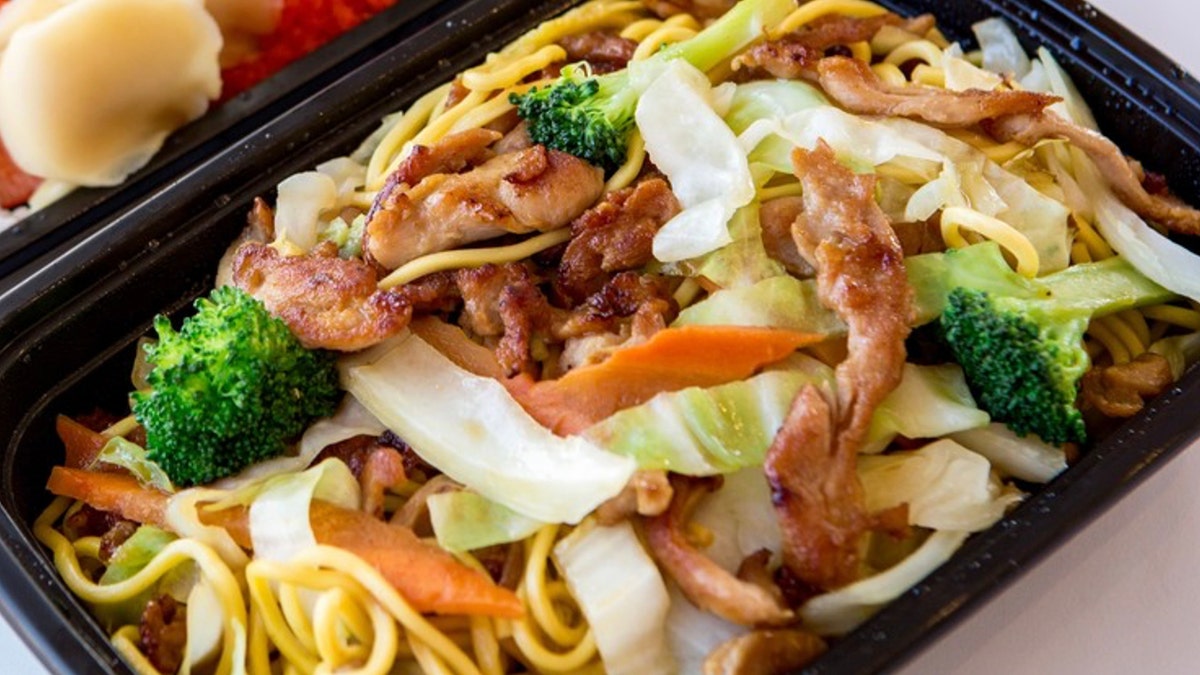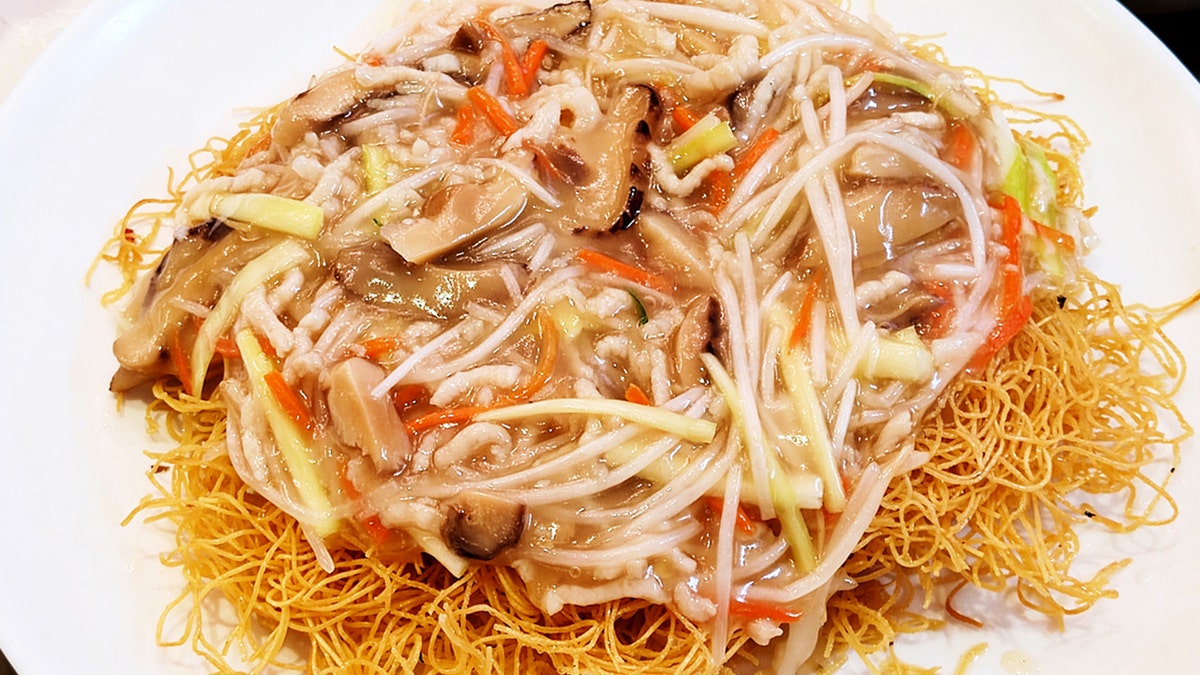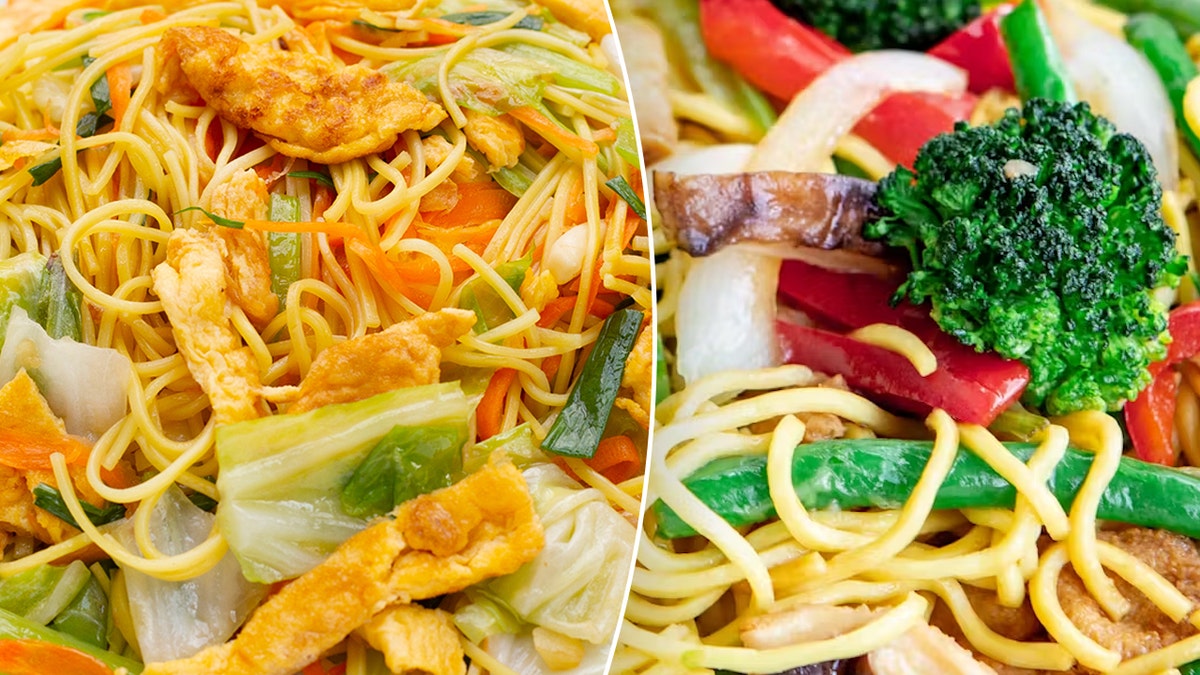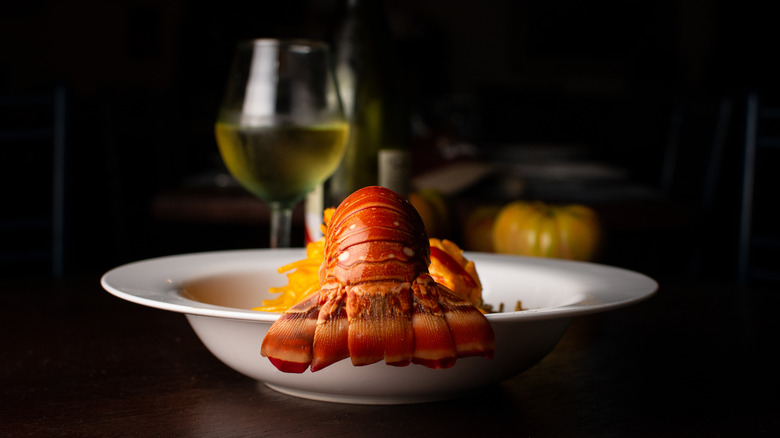Understanding Chow Mein and Lo Mein: A Culinary Journey
Lo mein and chow mein are both staples of Chinese food takeout menus. But what’s the difference between them?
While the dishes may appear similar — and there are regional variations of both throughout the United States — they are actually quite different in form, structure, and method.
Chow mein and lo mein represent two distinct ways to enjoy noodles, each telling its own story through texture, flavor, and preparation. Their names, steeped in meaning, offer an intriguing first clue to uncovering their unique identities.
The Meaning Behind the Titles
In Chinese cuisine, the word “mein” translates to “noodles.” Here lies the foundation; the core. “Chow” means “fried,” engaging the senses with visions of sizzling wok. “Lo,” on the other hand, means “tossed,” evoking a gentle motion, a dance of flavors and ingredients coming together.
This distinction is crucial—both dishes utilize the same fundamental egg noodles, yet their cuts and treatments diverge. The texture of chow mein noodles, thin and crisp, is achieved by frying them alongside vibrant vegetables and proteins, creating a contrasting crunch. Conversely, lo mein features more substantial, parboiled noodles, which are tossed with the flavorful ingredients just before serving.
As one chef aptly stated, “The noodle itself is crispy.”
Texture, Taste, and Tradition
When turning to lo mein, the experience shifts dramatically. These noodles are described as “basic egg noodles,” a canvas waiting to be adorned with flavor. They absorb sauces beautifully, offering a comforting embrace of taste in every bite. “They are about the same size as bucatini,” remarked Morales from Nashville, highlighting how they capture sauce, merging deliciously with every vegetable and protein introduced.

Chow mein, meanwhile, is typically served adorned with a light “gravy-type sauce.” Morales continues, “Chow mein captures the crispiness of conscious cooking, requiring the right heat to coax out its full potential.” High temperatures in a well-prepared wok create that sizzling experience, enriching every bite with flavor while preventing excess moisture.

Interestingly, unlike many Italian dishes that are saucy, the goal in preparing these Chinese dishes is to maintain a drier texture. This method encourages the noodles themselves to soak in the vivid flavors without drowning in them.
Personal Preferences in the Kitchen
When asked about personal preferences, Morales expressed an interesting duality. “At home, I enjoy cooking with lo mein, subbing egg noodles for traditional pastas,” he explained, revealing the versatility and accessibility of these noodles.
“I like ordering chow mein.”
In contrast, he prefers ordering chow mein when dining out. “To get that right crunch, you need a hot wok or a deep fryer, which most home kitchens lack.” This delicate balance of ingredients and tools emphasizes the artistry behind each dish, where necessity shapes culinary choices.

Interestingly, many diners may not realize that chow mein requires a more intricate collection of ingredients compared to the simpler approach of lo mein. In homes, lo mein facilitates creativity without overwhelming the cook.
It’s fascinating how these simply named dishes reflect deeper culinary cultures and traditions. They prompt food lovers to contemplate their origins and current interpretations. In an era where fusion cuisine reigns, the distinctions between chow mein and lo mein become even more poignant. Dining choices become a reflection of personal taste, cultural appreciation, and simplicity versus complexity.
So, the next time someone opens a takeout box, they may savor more than just a meal; they might appreciate a moment of sincerity and storytelling that lives within each noodle.



































